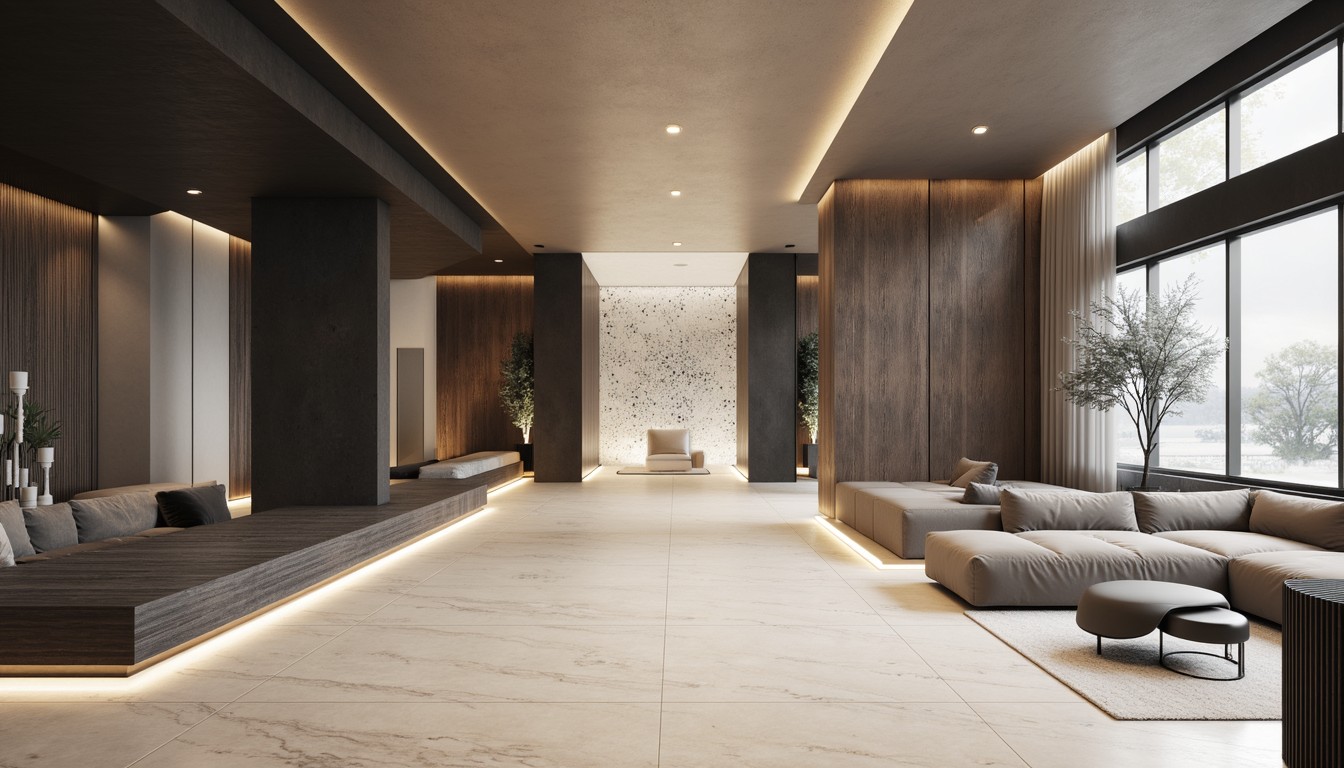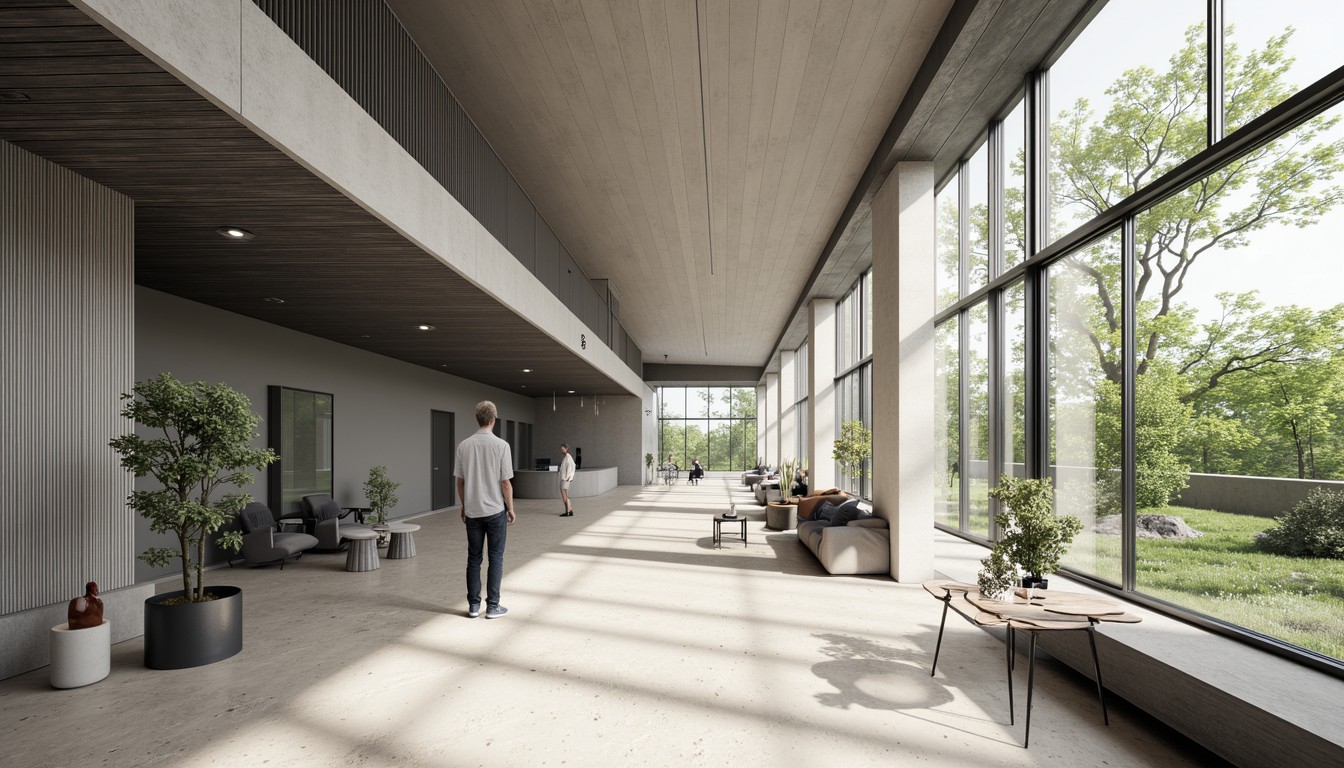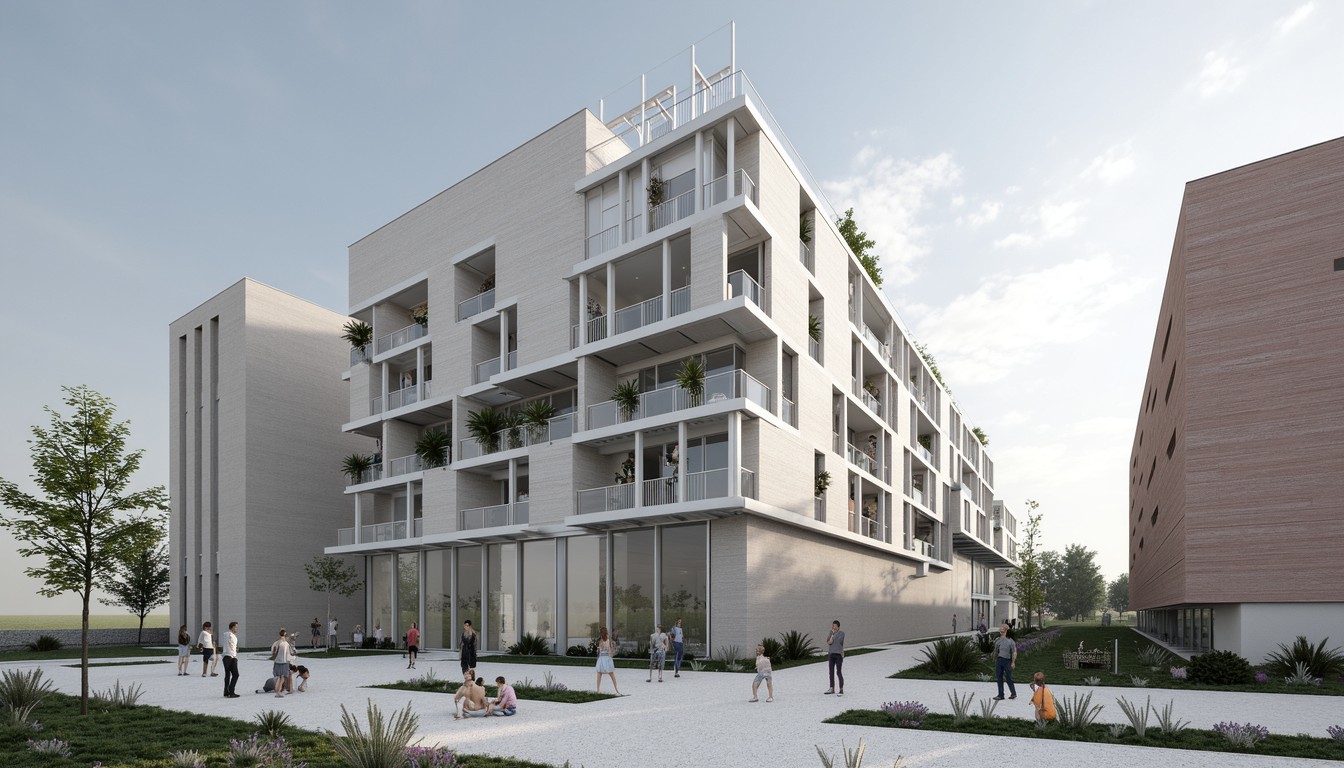AI-Powered Space Planning: A Design Revolution
The architectural landscape is undergoing a dramatic transformation, driven by the rapid advancements in artificial intelligence (AI). No longer a futuristic fantasy, AI is actively reshaping how architects and designers approach space planning, offering unprecedented levels of efficiency, creativity, and precision. This article delves into the exciting world of AI-powered space planning, exploring its capabilities, applications, and the profound impact it's having on the industry.
The Rise of AI in Architectural Design

For years, architects relied heavily on manual drafting, 2D plans, and iterative design processes. While these methods produced remarkable results, they were often time-consuming and resource-intensive. AI has emerged as a game-changer, automating tedious tasks, optimizing designs, and freeing up architects to focus on the creative aspects of their work. This shift is particularly significant in space planning, a crucial phase that determines the functionality, flow, and overall success of a building.
Key Applications of AI in Space Planning
AI's influence on space planning is multifaceted. Here are some key applications:
1. Automated Space Optimization:
AI algorithms can analyze vast datasets of building codes, client requirements, and site constraints to generate optimal space layouts. This includes maximizing usable area, minimizing wasted space, and ensuring compliance with regulations. Software powered by AI can quickly explore numerous design possibilities, far exceeding the capacity of human designers working manually. This leads to more efficient and cost-effective designs.
2. Generative Design:
Generative design leverages AI to explore a wide range of design options based on predefined parameters. Architects specify the desired outcome (e.g., maximizing natural light, optimizing traffic flow), and the AI algorithm generates multiple design iterations. This process allows for rapid prototyping and exploration of unconventional solutions, pushing the boundaries of creative possibilities.
3. Virtual and Augmented Reality Integration:
AI seamlessly integrates with VR and AR technologies, allowing architects and clients to experience the designed space before construction begins. This immersive approach facilitates better communication, reduces errors, and allows for more informed decision-making. Clients can actively participate in the design process, providing valuable feedback and ensuring the final product aligns perfectly with their vision.
4. Predictive Analytics:
AI can analyze historical data to predict future occupancy patterns, energy consumption, and other relevant factors. This predictive capability informs design decisions, leading to more sustainable and efficient buildings. For example, AI can optimize the placement of HVAC systems based on predicted occupancy levels, resulting in significant energy savings.
5. Enhanced Collaboration and Communication:
AI-powered platforms facilitate seamless collaboration among architects, engineers, contractors, and clients. These platforms provide a centralized hub for design data, ensuring everyone is working with the most up-to-date information. This streamlined communication reduces misunderstandings and delays, leading to smoother project execution.
Real-World Applications and Case Studies

The applications of AI in space planning are already transforming the industry. Consider the following examples:
- Healthcare: AI optimizes hospital layouts for efficient patient flow, minimizing waiting times and improving overall care.
- Education: AI helps design schools with flexible learning spaces that adapt to evolving pedagogical approaches.
- Commercial Real Estate: AI maximizes space utilization in office buildings, optimizing layouts for productivity and employee wellbeing.
- Residential Design: AI personalizes home designs based on individual client needs and preferences, creating truly bespoke living spaces.
Challenges and Considerations
Despite the significant advantages, integrating AI into space planning presents certain challenges. Data security, algorithm bias, and the need for skilled professionals to interpret AI-generated results are all crucial considerations. It's essential to use AI responsibly and ethically, ensuring its benefits outweigh potential risks.
The Future of AI in Space Planning

The future of AI in space planning is bright. As AI technology continues to evolve, we can expect even more sophisticated applications, including:
- Hyper-personalized designs: AI will create truly bespoke spaces tailored to individual needs and preferences.
- Sustainable design optimization: AI will play a crucial role in designing environmentally friendly and energy-efficient buildings.
- AI-driven material selection: AI will assist in selecting optimal building materials based on performance, sustainability, and cost.
ArchNav: Your Partner in AI-Powered Architectural Visualization
ArchNav is at the forefront of this exciting technological revolution. We leverage the power of AI to create stunning and accurate architectural visualizations, bringing your designs to life. Our expertise in AI-driven space planning ensures that your projects are not only aesthetically pleasing but also functionally optimized. Contact us today to learn how ArchNav can help you harness the power of AI to elevate your architectural designs.
